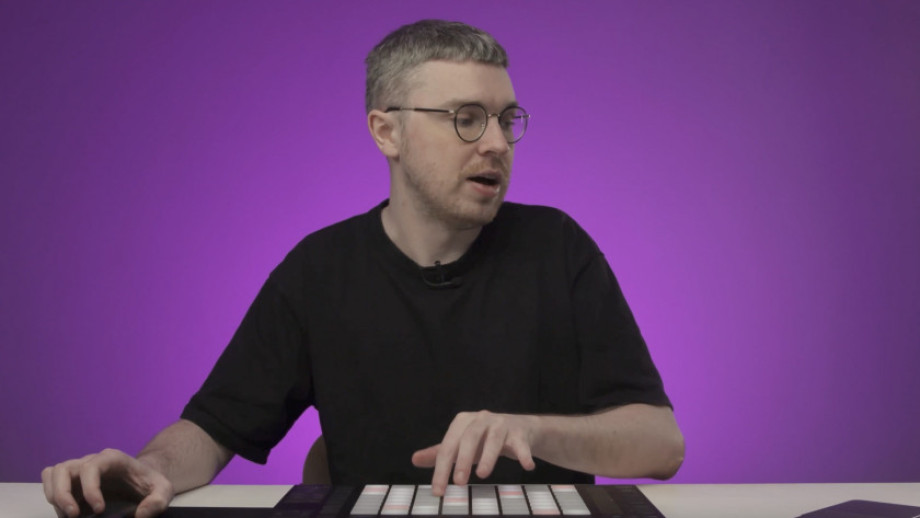
Sampling has been a staple part of the dance music production process ever since it was first popularised by Hip hop artists during the 1980s. DJ and producer Melé uses sampling extensively in his music. His style is built around sampling Latin American and samba percussion layered with a more conventionally sequenced drum beat to create interesting percussion soundscapes. While Melé likes to sample lots of different tracks and dig deep to find his samples, there is one thing that always remains the same - these samples all come from a vinyl record. But what is it about sampling from vinyl that offers an advantage, if any at all, over-sampling digital music?
One reason for this is, of course, the sonic characteristics and analogue warmth that come from a vinyl record. Vinyl is an analogue storage format and playback method. This means that like all analogue equipment, it provides what we call a ‘warm sound’ when it plays, due to the nature of the circuitry and the differences in mastering. This warmth is greatly sought after in music today, where attempts to get digital music to be as loud as possible have led to an overall loss in audio quality and character. When it comes to sampling, taking audio directly from a vinyl record is a great way to infuse your project with a warm sound, even if the project is being made entirely in a DAW.
Another aspect of vinyl sound also makes it desirable in sampling - the uniqueness of each record. Every record has been through its own individual journey since it was pressed. It could be totally unplayed, well worn, chipped, scratched, or fuzzy. This individuality makes producers feel like they’re using truly unique audio. Even if there are 20,000 other people with the same record, none of them will sound truly identical to another one by the time that they have arrived at the studio. This unique sound is taken further by the vinyl playback process, which can greatly vary depending on the setup. There are many different types of vinyl players, needles, & auxiliary components or equipment which can all contribute to a sample’s identity. Even very small factors like the amount of dust present on the surface of the record can impact the sound of the sample. Often producers will choose to sample records in poor condition very intentionally, to create a retro, lo-fi feel with the sample.
Sampling and playing vinyl is a very tactile process that involves real-world interaction with a physical object. This helps lots of producers to get into an active creative workflow in the studio, as many modern producers spend a great deal of time working with screens and DAWs, which can become quite disengaging. Moreover, having a physical medium to manipulate and respond to actually offers possibilities that aren’t present with digital audio. These can involve simple techniques like the vinyl power up or power down, where the starts and ends of the samples can be affected by the platter speeding up to full speed or slowing down to a stop. More complex uses of vinyl manipulation can also be applied, such as scratching a sample. This never used to be a possibility with digital audio, but due to advances in digital timecode and DVS DJ equipment, these techniques are no longer exclusive to vinyl records.
Melé loves the process of hunting for records to sample. Vinyl lovers like Melé feel at home in a record shop and often feel that the experience of being surrounded by physical copies of music helps to inspire new ideas and musical growth. Something about the process of looking at and picking out records has brought about many great tracks throughout history, even before the popularisation of sampling. 'Crate digging’ is a fantastic way to expose yourself to new music and an even better way to go hunting for samples. Samples found in record shops tend to have a much more personal meaning to a producer, which in turn often helps people to create music around the sample much more easily.
So, next time you find yourself looking for a sample online, why not head down to your local record shop instead? The results may surprise you, and you may find that one sample that inspires you to create something great.
You can learn more about how to use samples in your music in our video course with Melé.